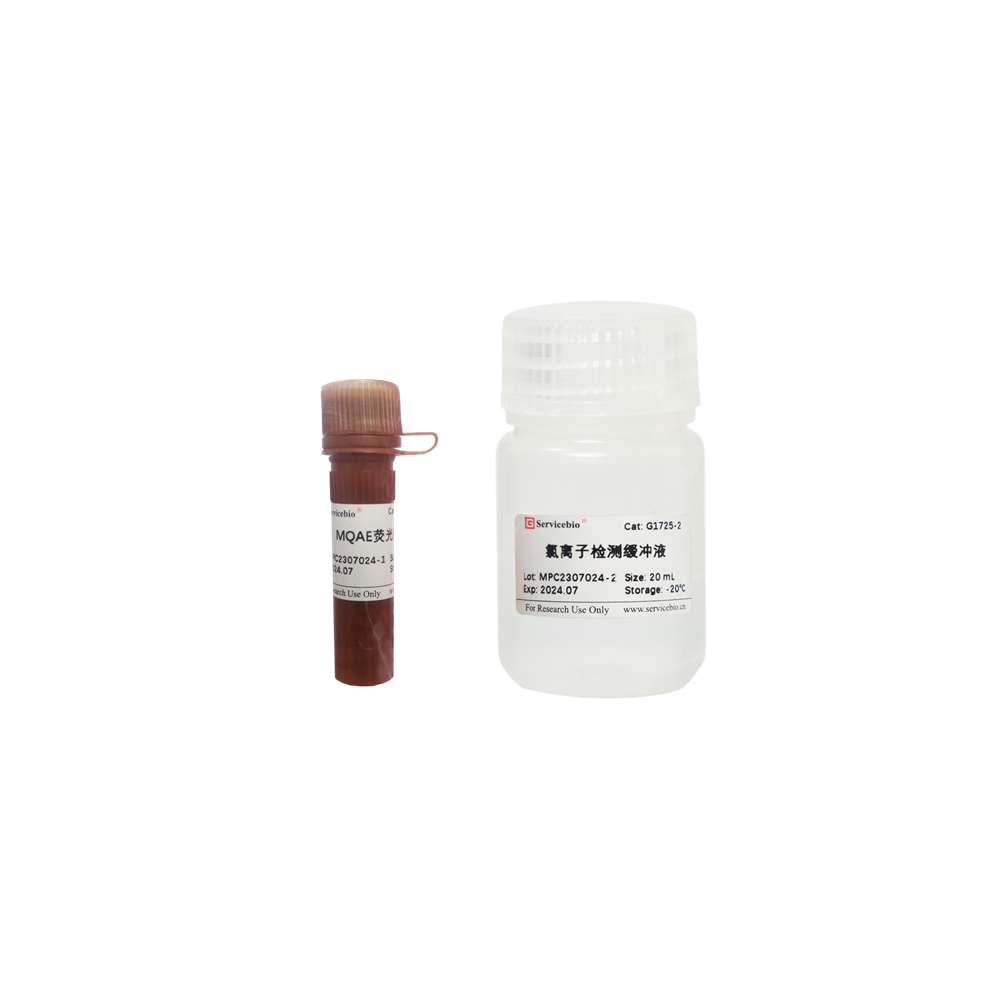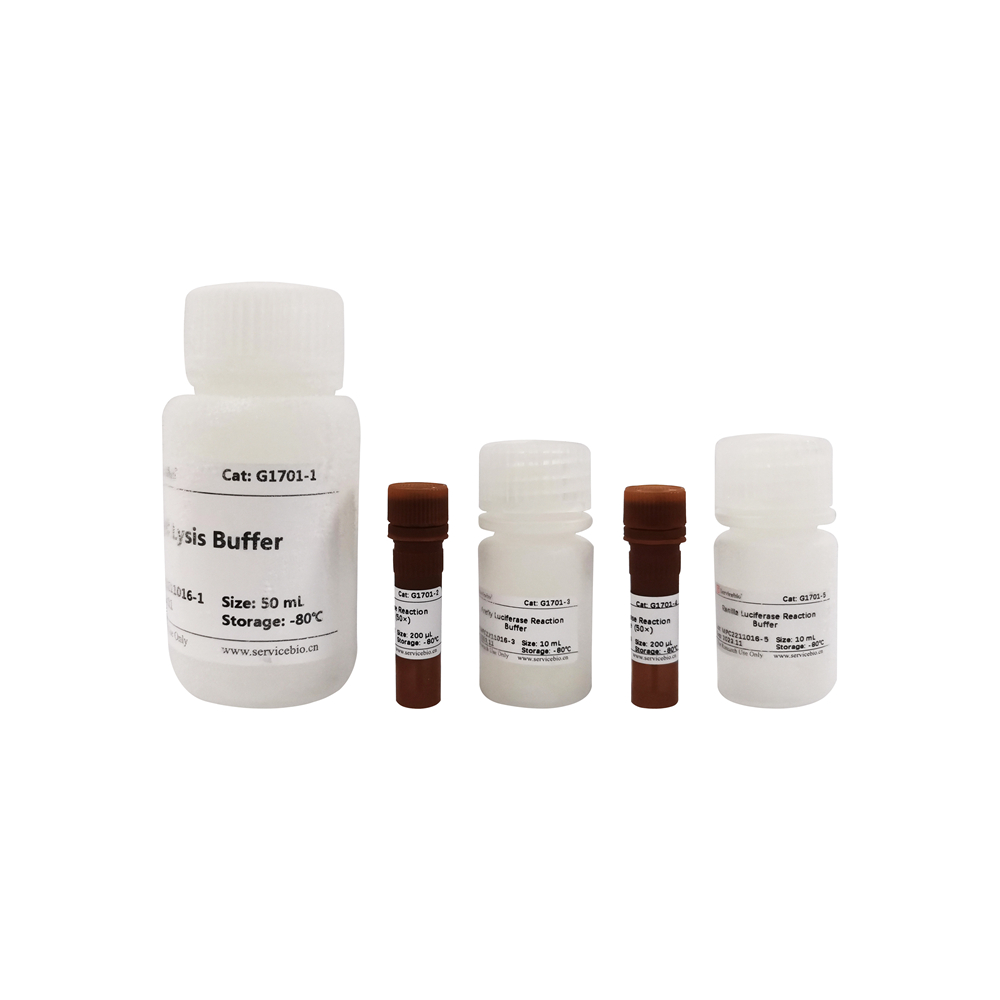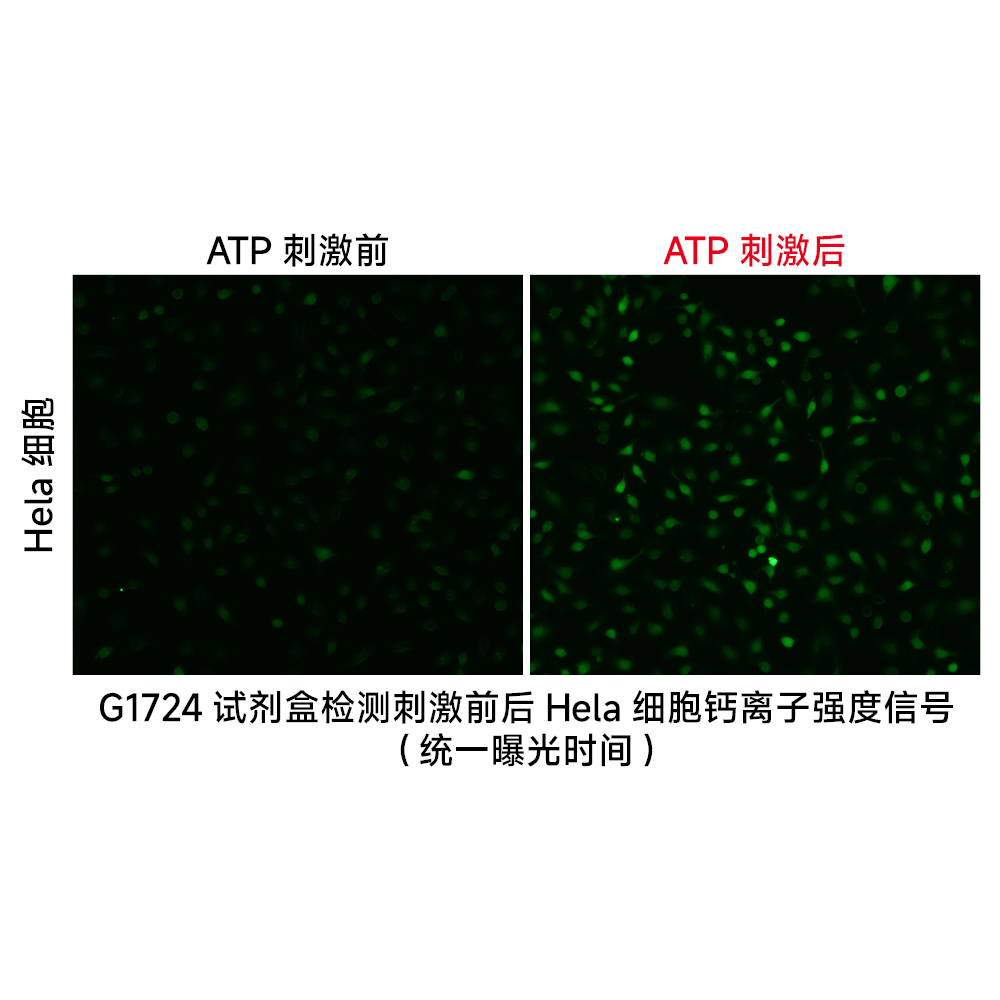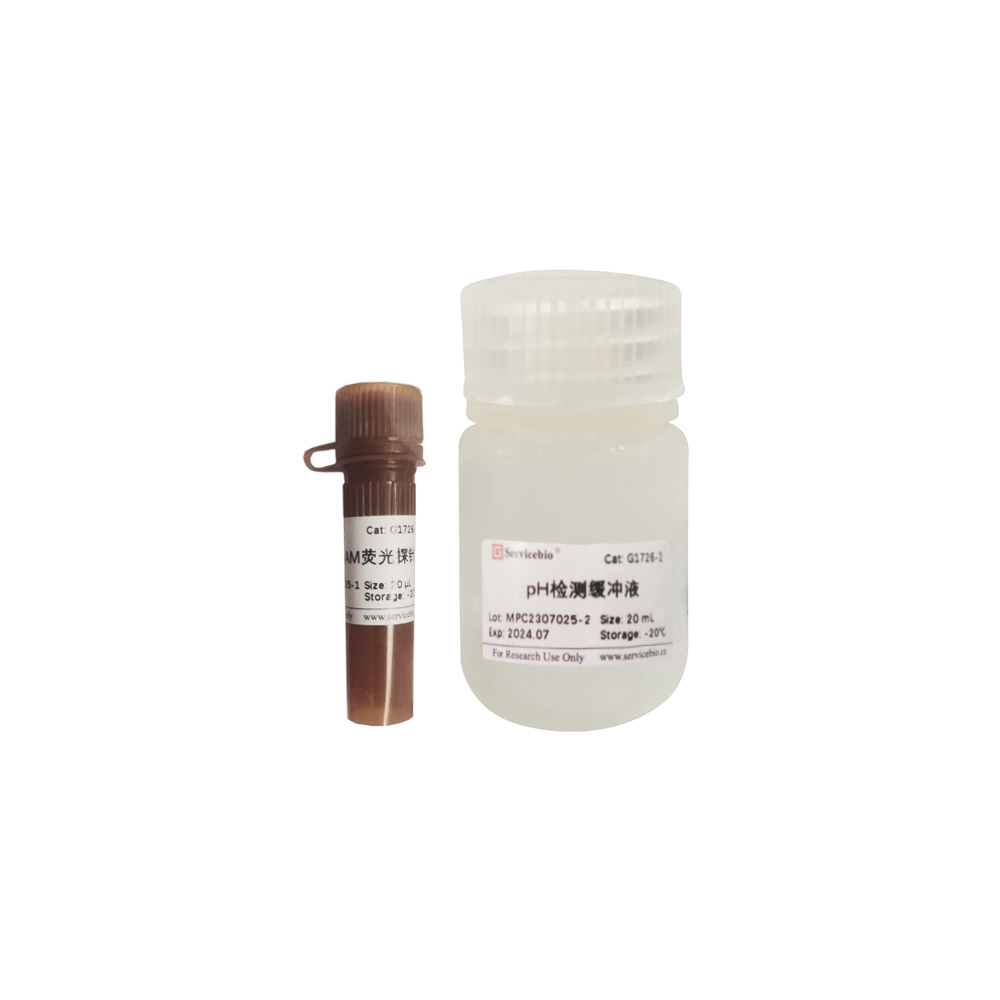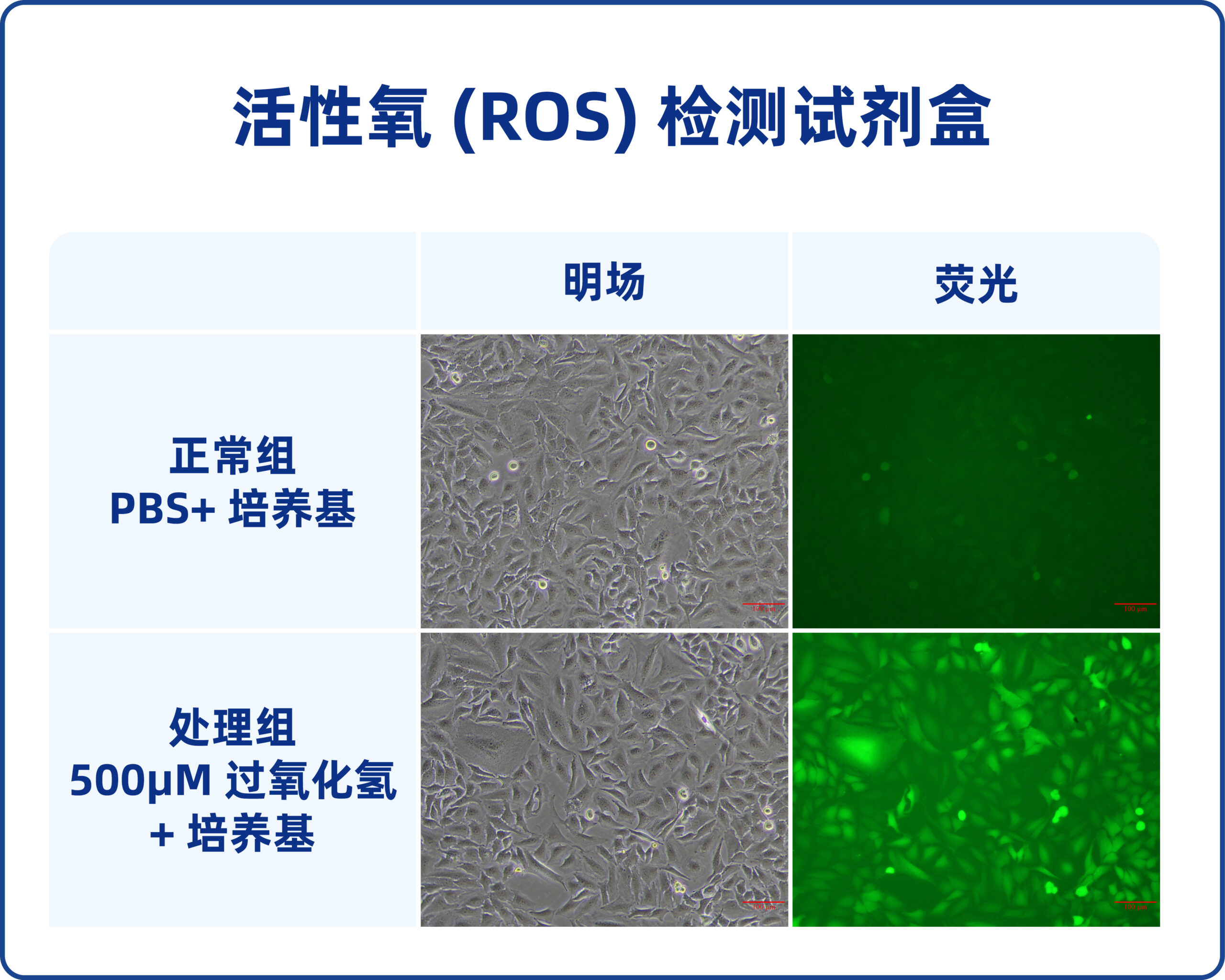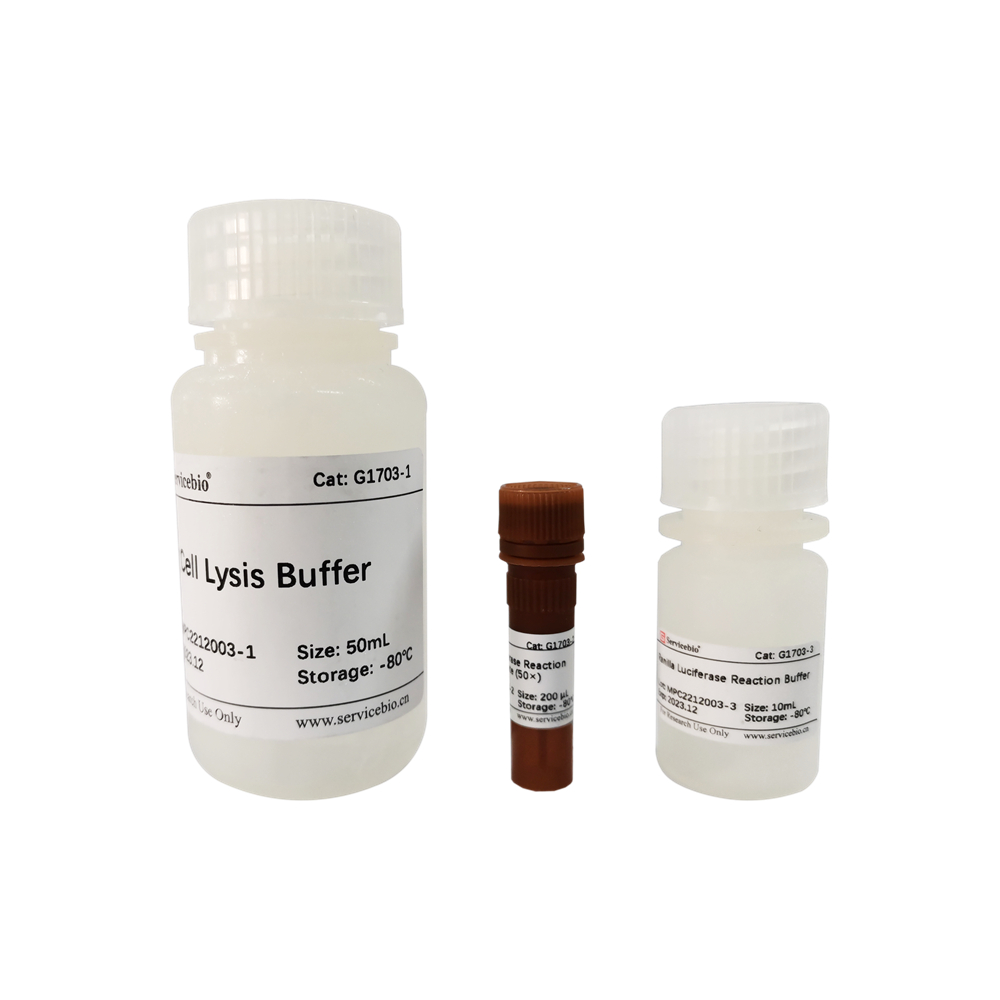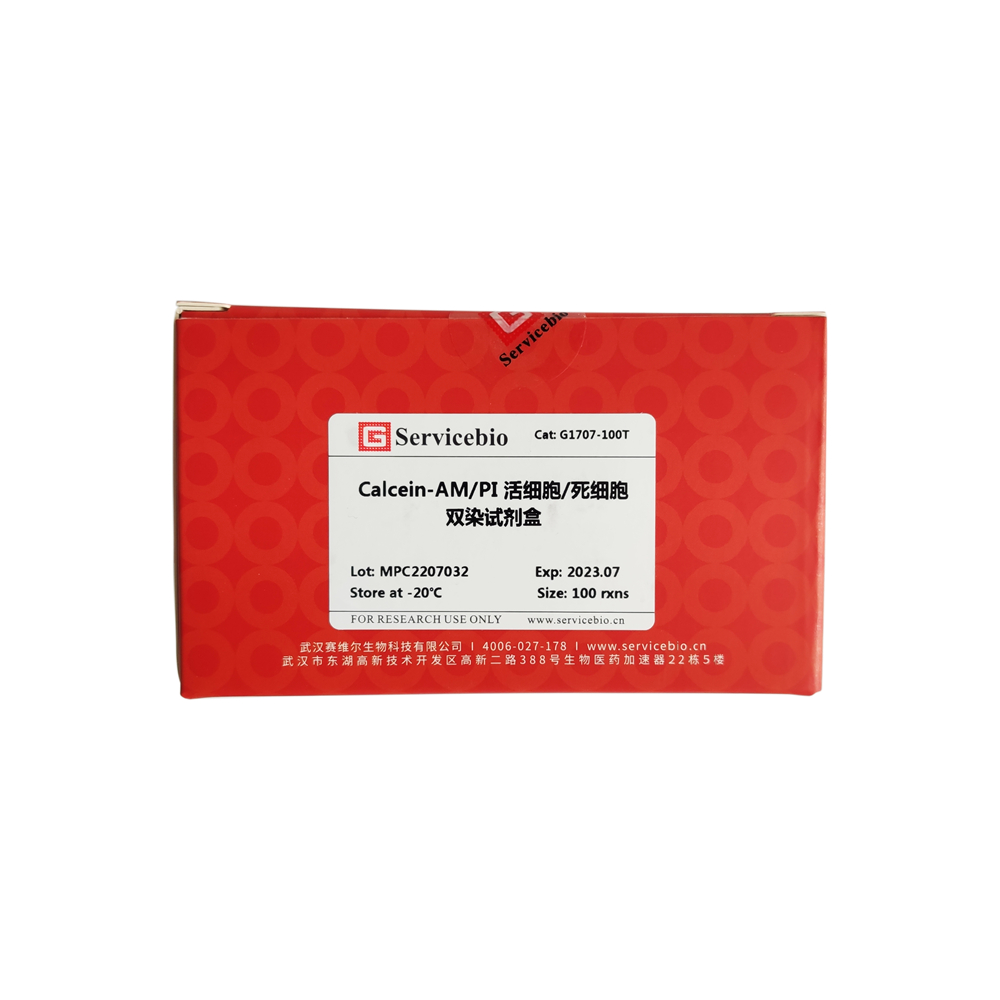Description
The “MQAE Fluorescence Chloride Ion Assay Kit” is a product used for detecting chloride ions using the MQAE (N-(Ethoxycarbonylmethyl)-6-methoxyquinolinium bromide) fluorescence method. This assay kit allows researchers to measure chloride ion concentration changes in various biological samples. The kit includes necessary components for conducting the assay and obtaining fluorescence readings that correlate with chloride ion concentrations.
MQAE Fluorescence Chloride Ion Assay Kit
Product Information:
- Product Name: MQAE Fluorescence Chloride Ion Assay Kit
- Product Number: G1725-100T
- Specification: 100 tests
Product Description:
MQAE (6-Methoxyquinolinium ethylsulfonate) is a derivative of quinolinium and is a widely used fluorescent probe for detecting chloride ions. Compared to the SPQ probe, MQAE offers higher sensitivity and fluorescence quantum yield for chloride ions. It employs a diffusion-restricted collision quenching mechanism to detect intracellular chloride ions. As the concentration of chloride ions increases within cells, the fluorescence intensity of MQAE decreases proportionally.
This assay kit utilizes the properties of MQAE as the main probe and provides specialized buffering solutions for convenient and sensitive chloride ion detection. The assay can be performed using various instruments such as fluorescence microscopes, flow cytometers, or microplate readers to monitor dynamic changes in intracellular chloride ion concentration.
Storage and Transportation:
- Shipped on dry ice
- Store at -20°C in a dark and dry environment
- Shelf life: 12 months
Kit Components:
| Component Number | Component |
|---|---|
| G1725-100T | MQAE Fluorescent Probe (100 μL) |
| G1725-1 | Chloride Ion Detection Buffer (20 mL) |
| Product Manual | 1 copy |
Note: The number of reactions specified corresponds to a 96-well plate detection system.
Operating Instructions:
- Prepare the cells by seeding them in a 96-well plate at a specified density and perform any required pre-treatments according to the experiment’s objectives.
- Prepare the MQAE Detection Solution: Prepare the MQAE Detection Solution according to the table provided, adjusting the probe concentration as needed based on the cell type and experiment. Initial dilution ratio is recommended to be 1:100.
For 1 Sample:
| Component | Amount |
|---|---|
| MQAE Fluorescent Probe | 1 μL |
| Chloride Ion Detection Buffer | 100 μL |
For 10 Samples:
| Component | Amount |
|---|---|
| MQAE Fluorescent Probe | 10 μL |
| Chloride Ion Detection Buffer | 1 mL |
For 100 Samples:
| Component | Amount |
|---|---|
| MQAE Fluorescent Probe | 100 μL |
| Chloride Ion Detection Buffer | 10 mL |
- Staining and Labeling (Example for adherent cells; suspension cells require centrifugation):3.1. Remove the original cell culture medium and wash the cells with PBS or other suitable buffers 1-2 times.
3.2. Remove the wash buffer and add 100 μL of the prepared MQAE Detection Solution to each well. Incubate in a dark environment at 37°C for 30 minutes.
3.3. After incubation, remove the MQAE Detection Solution and wash the cells with PBS or other buffers 1-2 times.
- Fluorescence Detection: Use instruments such as fluorescence microscopes, microplate readers, etc., to perform fluorescence detection. The probe emits green fluorescence with EX/EM≈319/462 nm.
Note:
- The recommended probe-to-buffer ratio and incubation times provided in the steps are for reference and can be adjusted based on the specific nature of the cells and pre-treatments.
- Due to the potential for fluorescence quenching, take care to minimize exposure to light during the procedure.
- The probe is sensitive to humidity. It’s advised to aliquot the probe upon first use and avoid repeated freeze-thaw cycles. Prepare the MQAE Detection Solution just before use.
- Wear appropriate laboratory attire and gloves for your safety and health.

